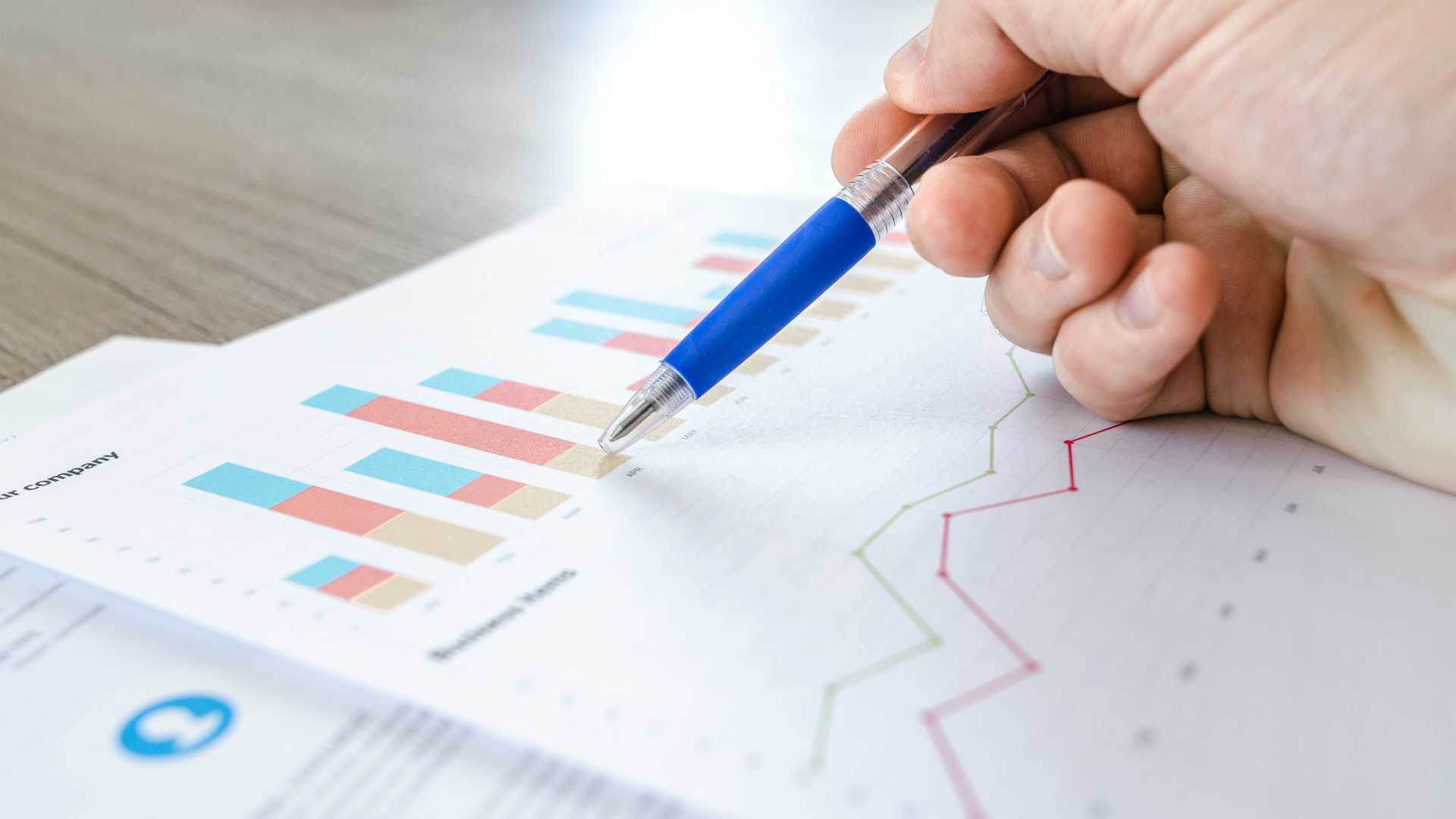We all know that we need to measure the effectiveness of the learning we provide. The data we gather can provide key insights that guide learning designers in improving both learner engagement and the effective acquisition of knowledge; it can provide evidence that learning is being applied and has become embedded in the workplace. And, if carefully executed, measurement can demonstrate how the results of learning impact teams, functions and entire organizations in bottom-line business terms.
However, it is easy to be overwhelmed by the prospect of measuring learning. How do we know someone has learned something? How do we know they are applying what they learned in the workplace? How do we know if this learning has had any positive effect on the individual’s or team’s effectiveness? Of course, there is no shortage of measurement means and methods; a quick internet search will reveal a bewildering range of assessment options that promise data to prove your return on investment (ROI).
Consequently, it would be easy to spend as much time, money and effort on measuring learning as it takes to provide the learning itself. A balance between a robust method and a sensible use of resources is in order; here are a few guiding principles that can ensure an approach that is both practical and cost-effective:
Identify the Core Purpose of the Learning
Measuring learning does not have to be overly complex. You can start by identifying the learning need you are aiming to address and posing some key questions. The answers will help you identify what you need to measure — for instance, a business metric, like increased sales, or an engagement metric, like how much time learners spent on a piece of digital content. Aiming training and learning measurement at those key objectives can simplify the task immeasurably.
Here are some examples of key questions:
Level of Need: Business
- What are the strategic objectives that the learning will support?
- Are there new capabilities that the workforce needs to develop or enhance?
- Is a cultural change required?
Level of Need: Role
- What does the role require?
- How has it changed?
- How will it change?
Level of Need: Individual
- How do people prefer to learn?
- What support will there be in their work environment?
- What processes or practices are likely to help or hinder their ability to apply the learning?
By identifying the outcomes you want to achieve, you can identify the most appropriate means to assess your progress against them. For example, if the most important measure is the application of the learning in the workplace, then 180 -and 360-degree feedback systems can act as a good proxy indicator of that transfer.
Take a “Whole Business” Approach
In Kirkpatrick terms, while developing and implementing effective measures for levels 1 and 2 is relatively straightforward, the opposite is often true for levels 3 and 4. Measurement at these levels depends on the entire organization’s ability to adopt and adhere to an integrated measurement approach that’s rooted in a commitment to understanding and precisely delineating what needs to change.
Your organization should have a sophisticated framework of key performance indicators (KPIs) with a set of well-developed and precise agreed-upon metrics that drill down from strategic business goals to organizational capabilities to specific competencies and skills. Otherwise, it may be more useful to adjust how you think about implementing learning measurement.
Design With Learning Measurement in Mind
Well-founded learning design frameworks address this point. When identifying a performance need, begin the design process by determining what success looks like and how you can measure it. It requires far more effort to reverse-engineer measurement after learning design, and more often than not, it ends with the realization that the intended learning outcomes are off target.
Describe Your Theory of Change
You provide learning to effect a change in behavior, practice and/or outcome. Measurement itself doesn’t produce results, but it provides insights into the factors that influence them; it’s a window into how those factors perform. You should view any significant investment in training in change terms. Establishing a theory of change — what you hope to see change, key milestones, etc. — will provide you with a framework to track and monitor the change you are making. The learning data will then provide the insight to adjust or course-correct as necessary.
Focus on Measures That Create Value
Good data enables effective decision-making. Consider what you plan to do with the learning measurement results. Can you act upon them, and do those actions (directly or indirectly) have business value? Take time to think about the problem you are trying to solve. The more specific you can be, the more accurate your measurement will be — which leads to more valid, impactful data.
Manage Your Stakeholders Carefully
Regardless of the measurement instrument, direct performance evaluation must be handled carefully. Be aware of how individuals and teams perceive measurement methods such as assessments and peer or manager evaluations. While many people embrace the accountability and feedback that learning measurement affords, others may see it as a threat. Be prepared to take additional steps to educate your organization about why and how you are measuring learning. Work with leaders and line managers to gain their commitment and ensure their understanding and expectations are aligned prior to implementation.


